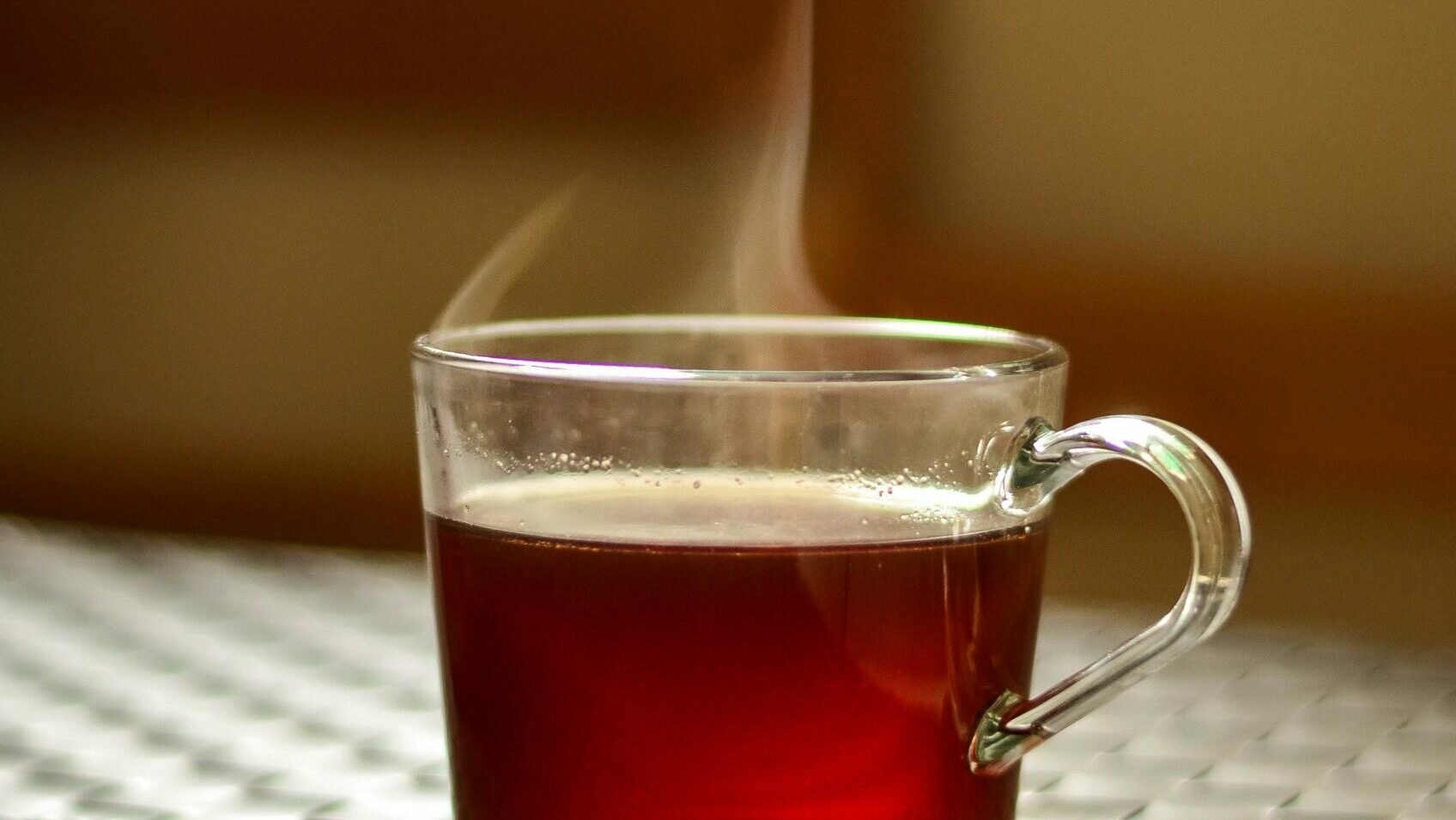Understanding Bipolar Disorder: Beyond Simple Mood Swings
One of those words we all know but may not completely grasp is bipolar illness. While some believe it’s only about mood swings, others mix it up with normal highs and lows. The reality is, though, that it’s far more complicated and, to be really honest, far more fascinating than most people understand.

What Is Bipolar Disorder, Really?
Think of your brain’s mood management mechanism as having a volume knob that occasionally gets stuck on either max or min. That’s sort of how bipolar illness feels. A mental health disease, it causes people to feel very emotional states: powerful highs (mania or hypomania) and crushing lows (depression). These are not only “having a good day” or “feeling a little down.” We’re referring about mood swings that interrupt life, change energy, and ruin sleep.
Different kinds of bipolar disease include Bipolar I (full-blown mania), Bipolar II (less intense highs but still challenging), and Cyclothymia (a lesser but chronic variant). Some even go through fast cycling, in which moods change quicker than a TikTok trend.
The Roller Coaster of Symptoms
Someone in a manic phase may seem unstoppable—super energized, talking a mile a minute, making hasty decisions (such abruptly scheduling a trip to Bali or maxing out a credit card). Rest? Who wants it? They might spend days without feeling fatigued. Sounds enjoyable? Not particularly. Mania can result in erratic conduct, damaged relationships, and even hospitalisation.
Then the depressed stage follows. Imagine everything feeling weighty as you pull yourself through quicksand. Motivation disappears, sleep either becomes impossible or all-consuming, and even minor chores seem like mountain climbing. It’s not only melancholy; it’s a profound, tiring numbness.
What then brings it about?
While science has not identified one particular explanation, it is probably a combination of hereditary factors, brain chemistry, and life stresses. Your odds increase if someone in your family suffers from bipolar disease. Episodes might also be triggered by significant life transitions or traumatic experiences. It’s a genuine, biological disease, not about “being weak” or “overreacting.”
How do you control it?
The good news is that bipolar illness is curable. Many have found mood stabilizers like lithium to be game-changers. Especially cognitive behavioral therapy (CBT), therapy helps individuals identify triggers and develop coping mechanisms. Routine is essential; consistent sleep, exercise, and abstaining from drugs or alcohol (which can aggravate symptoms) significantly change things.
So do support systems. Friends and family who understand can be lifesavers. What about those with bipolar illness? Self-compassion is all. Some days will be more difficult than others; that’s natural.
Overcoming the Stigma
Though misunderstandings remain, mental health knowledge has advanced significantly. Bipolar disease is a major issue that merits comprehension, not judgment, not a personality quirk. Open discussion makes it simpler for individuals to pursue aid without guilt.
The ideal first step is contacting a mental health professional if you or someone you know is struggling. Living with bipolar illness is not always simple, but with the correct tools and support, it is definitely feasible to flourish.
Therefore, the next time someone says, “Oh, they’re just bipolar,” you will understand there is a whole lot more to the narrative. Who knows, then? Perhaps you will be the one to assist in altering the dialogue.







